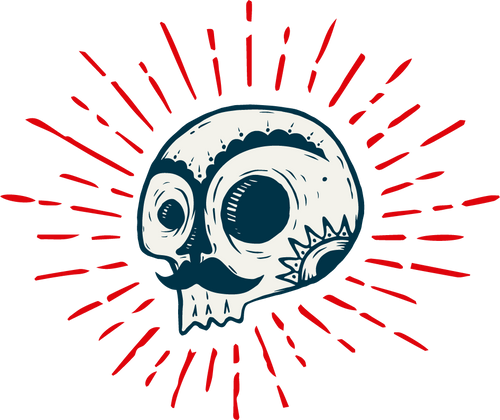
"Capón" denotes a distinctive technique employed in naturally enhancing the agave before harvesting, I like to believe that in the mezcal-producing world, it is crafting an uncommon & delicious batch of Mezcal spirit that is carefully connected with time.
As agave plants mature, they initiate the growth of a shotting their flowering stalk, commonly known as "quiote" in Spanish. It resembles an asparagus but its mass differs considerably (same botanical family but diverse life cycle, use & lifespan).

Anyway, these stalks, reaching heights from 6 to 9 Meters, bear flowers filled with seeds, signaling the plant's reproductive (and final) life phase. However, to conserve energy and redirect it back into the agave heart (piña), the stalk is severed—a process metaphorically akin to castration, hence the term "capón."

The agave life cycle is straightforward: sprout, mature over years (potentially decades), flower for reproduction, and eventually perish. The emergence of a bump atop the agave indicates the impending growth of the quiote. Allowing the quiote to mature would deplete the plant's carbohydrates and energy reserves, hence the necessity of castration to retain these vital resources within the piña for mezcal and pulque production.
This ancient technique helps synchronize the maturation of agaves within a field, ensuring simultaneous readiness for harvest. Some of the mezcaleros we have had the pleasure to know and visit have different ways of Crafting a Capón batch:
In Palmar segundo, San Luis Potosi, the Campanilla Family castrate every agave that shoots the quiote that will be used for their different subspecies (as they only work with wild agaves and aim to claim the best yield from these plants).

In Miahuatlán, Oaxaca, most of the Neta producers and maestros allocate specific batches each year as Capón. (Check the Capón from Maestro Candido Garcia). These might be of diverse agaves and not always with Espadines.
In Guerrero, there seems to be a mixed style, where producers and cows take on the task of slaying the quiote away. Cows want to feed on it and producers mark them for future mezcalito productions.

The truth of the matter is that there is a world within this style, as some maestros commonly leave their mezcal capón from six months to 2 years, with some extraordinary cases where mezcal is harvested for production after being 4 years Capón!! (This can only take place when you have Agaves that are quite fibrous and can deter bugs and pests for this long).

The topic has many several extras but I would wrap it up by saying that Mezcal Capón is an incredible practice that aims to Highlight the organoleptic of the specific Agave plant (as a spirit later down the road) through extending or/and repurposing the natural life cycle of the plant.
It is the result of what time and patience yield in the hands of a maestro/a who has a deep understanding of their natural environment.
SALUD!
Thanks to Mezcalistas, Mezcal reviews, and Chava Periban for the inspiration to write this article.
Dive into Reddit for the conversation on Capón.



